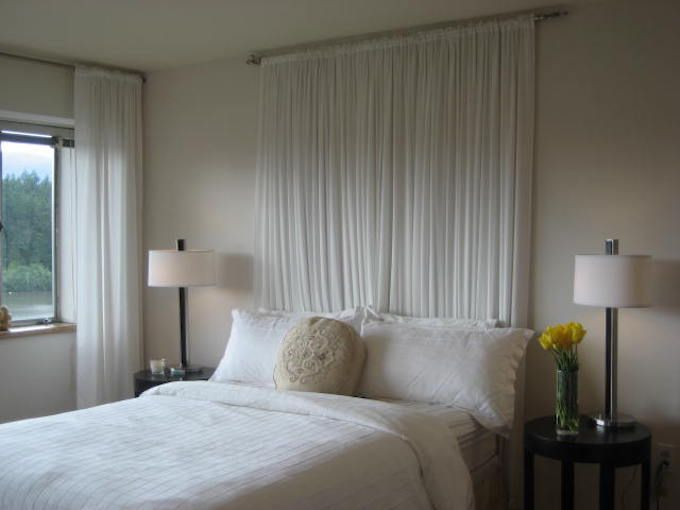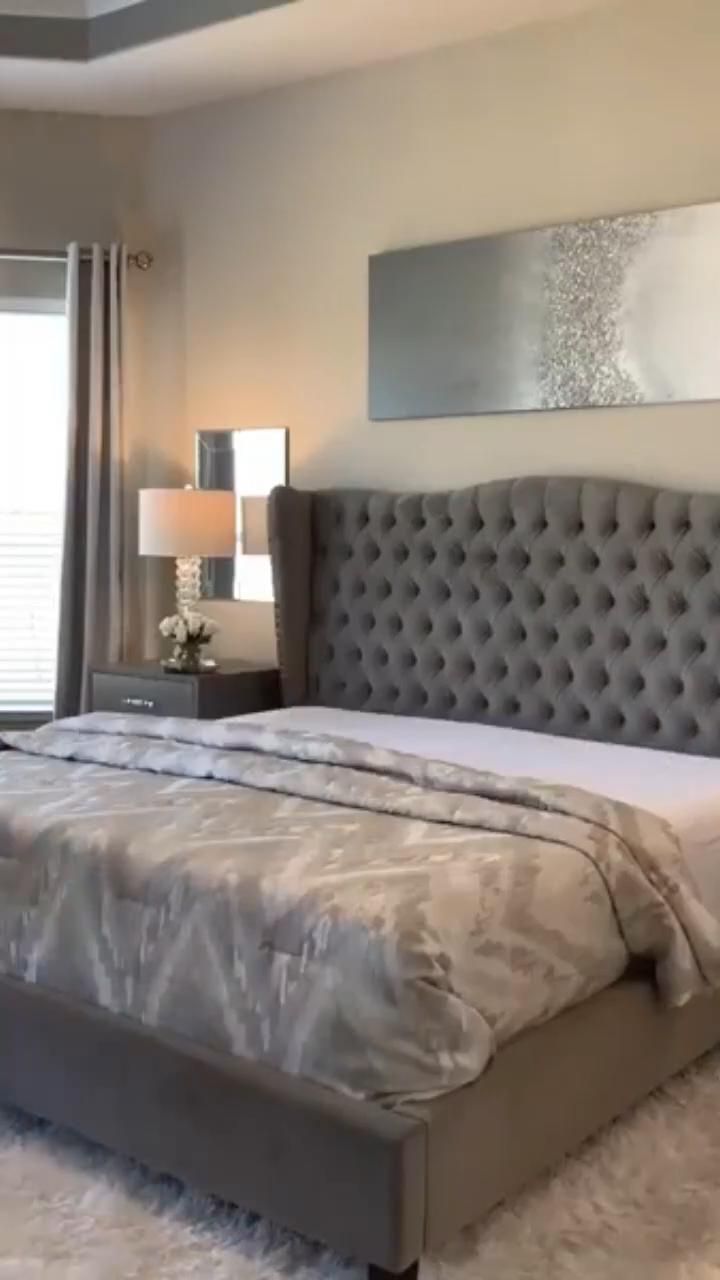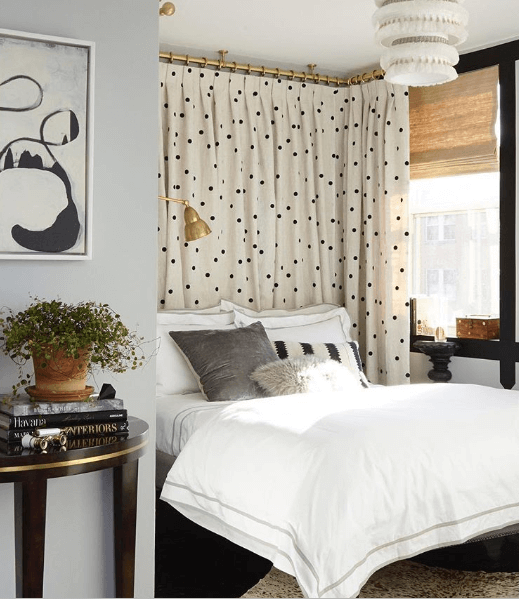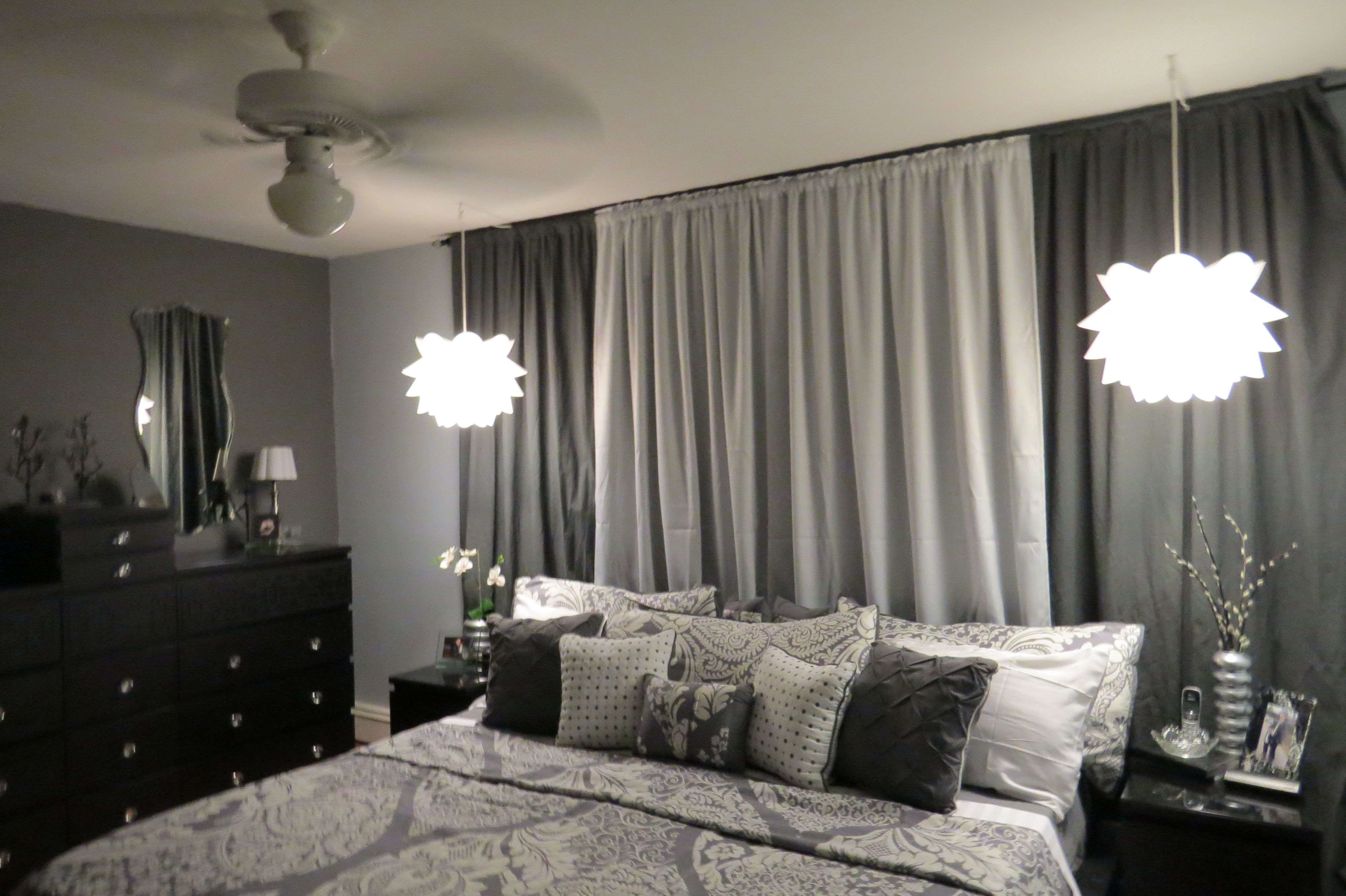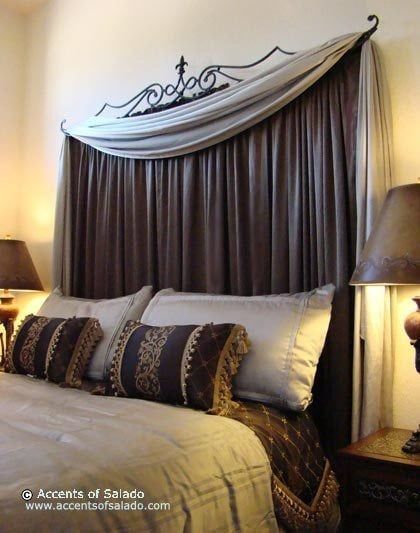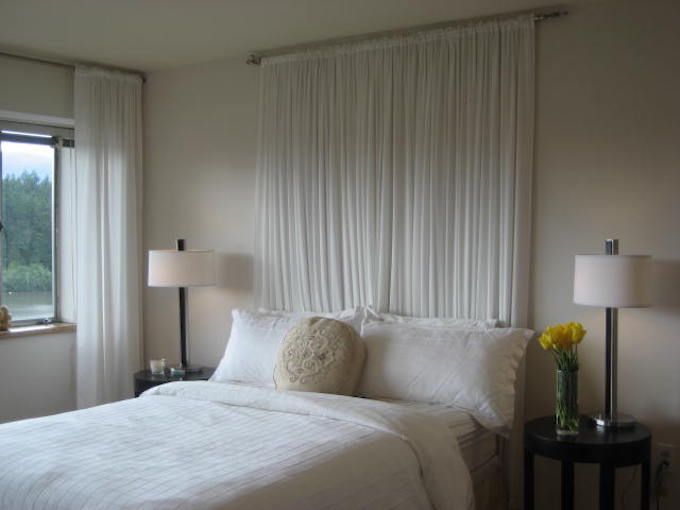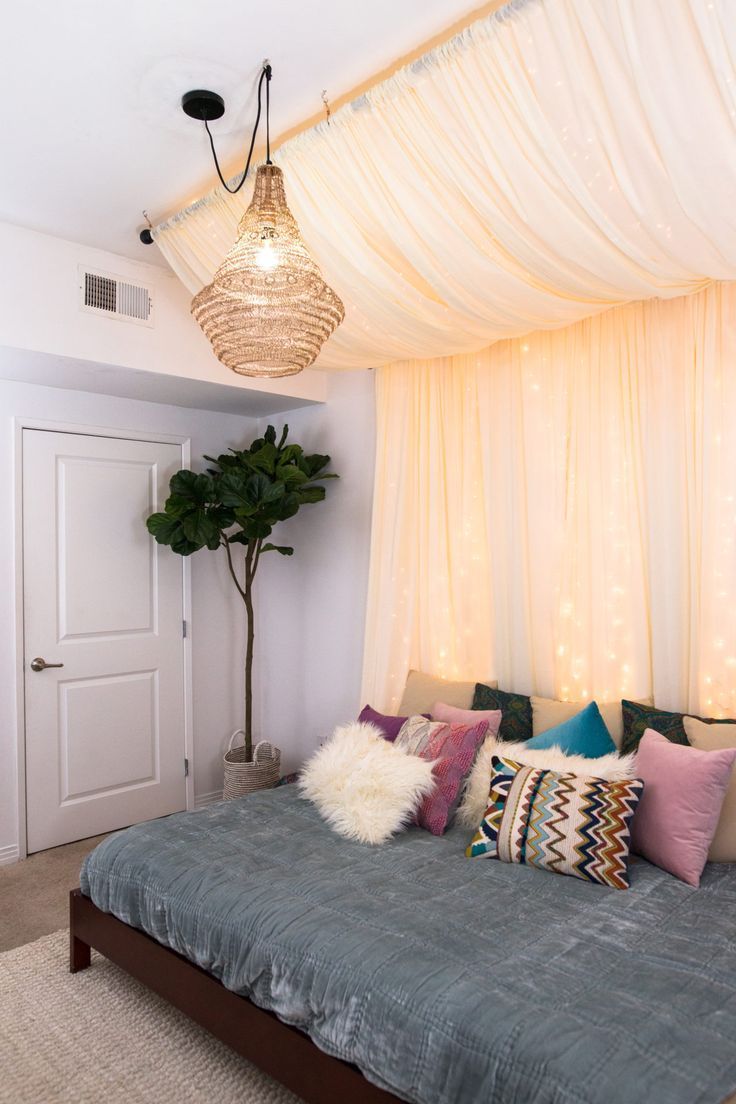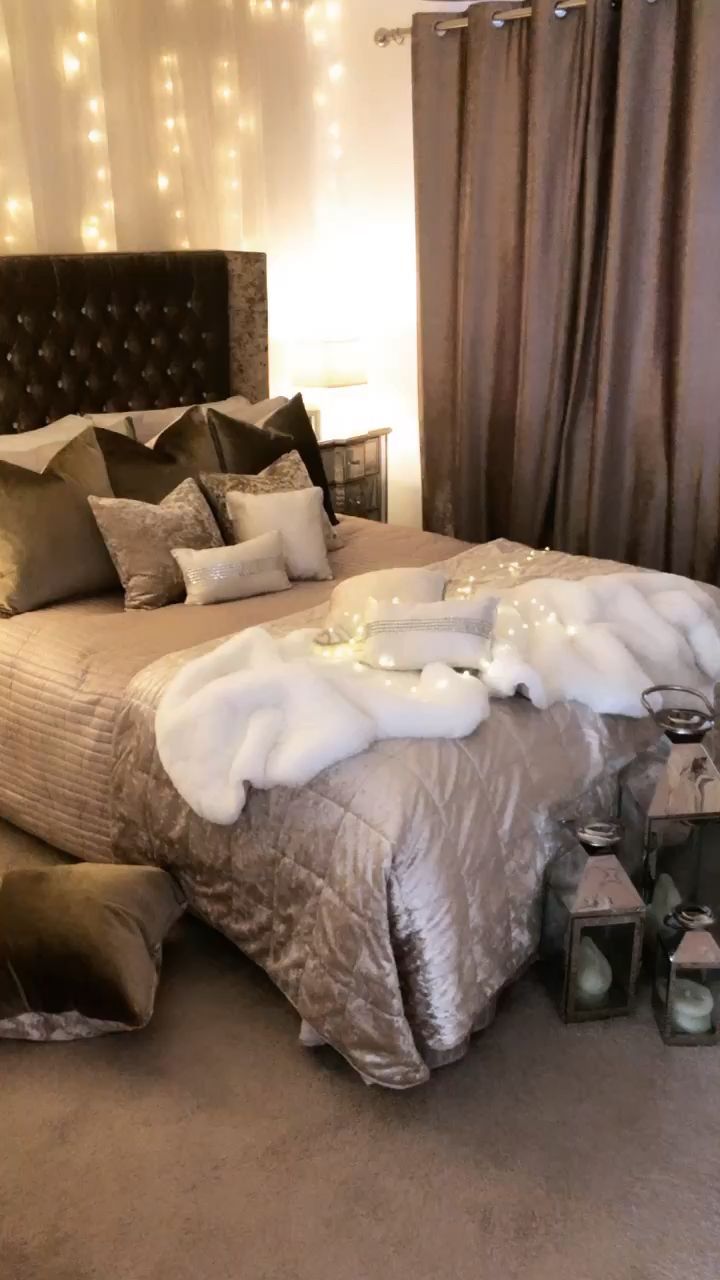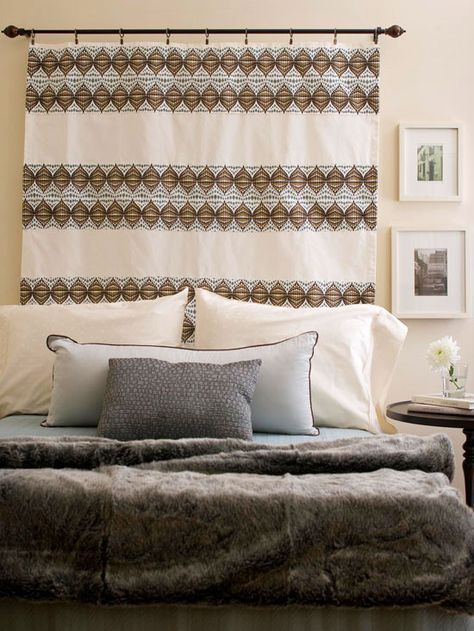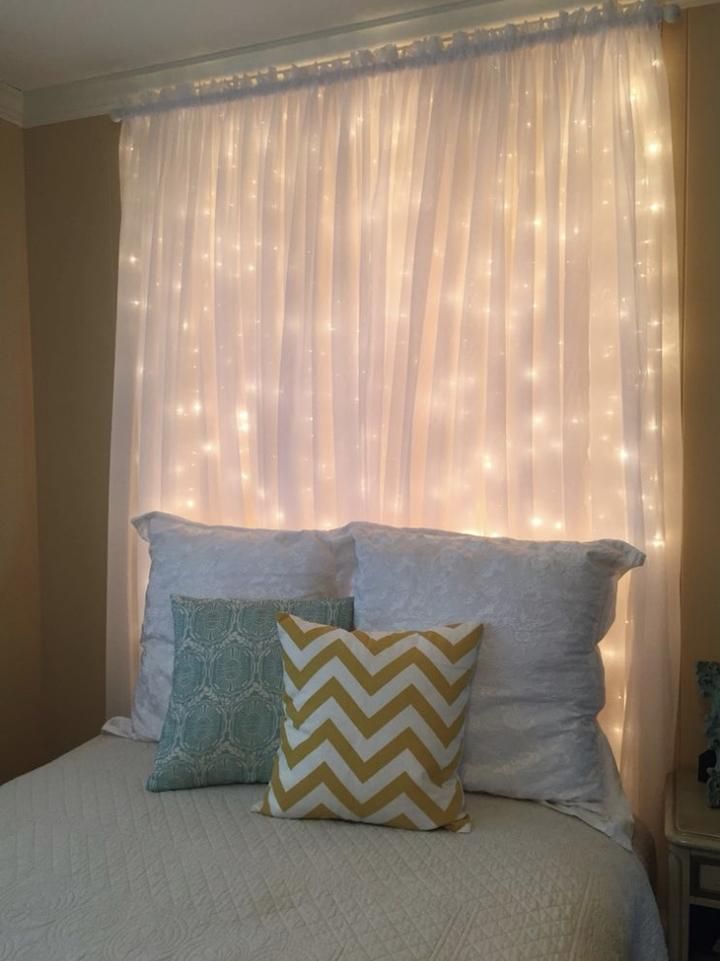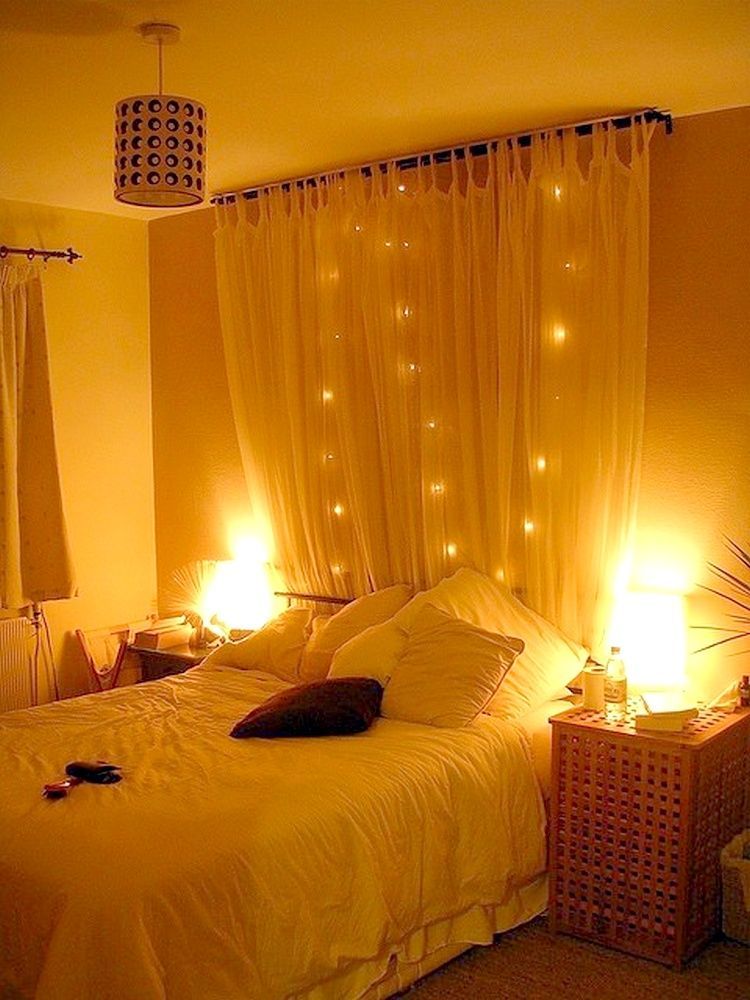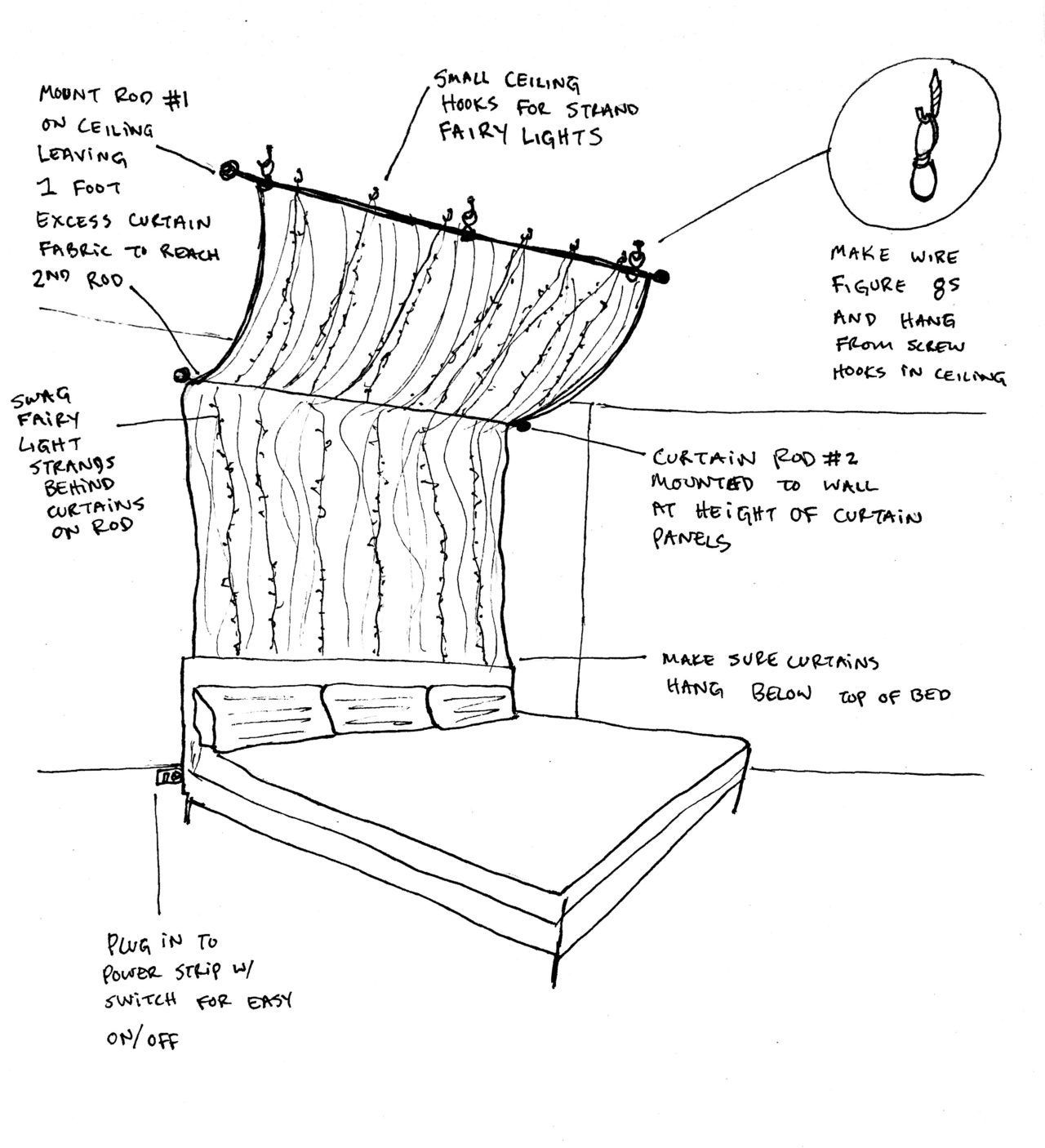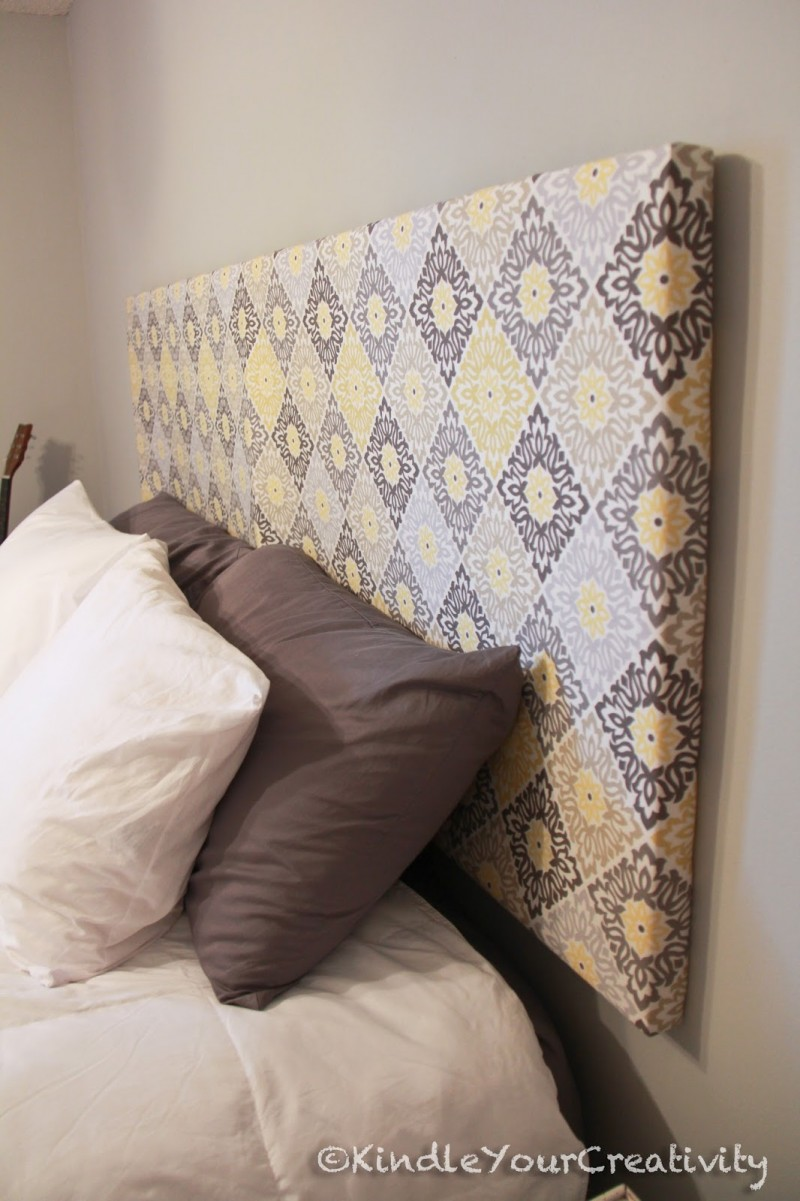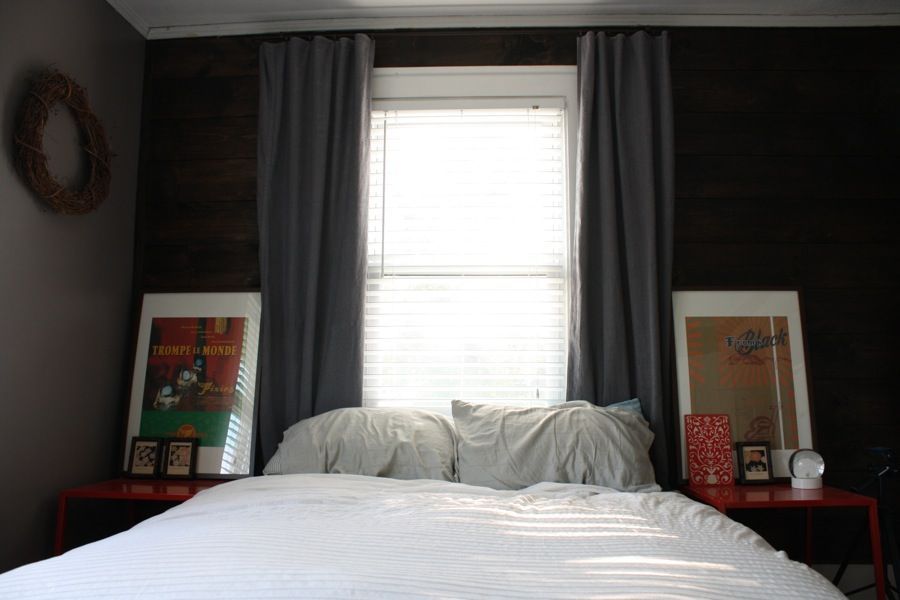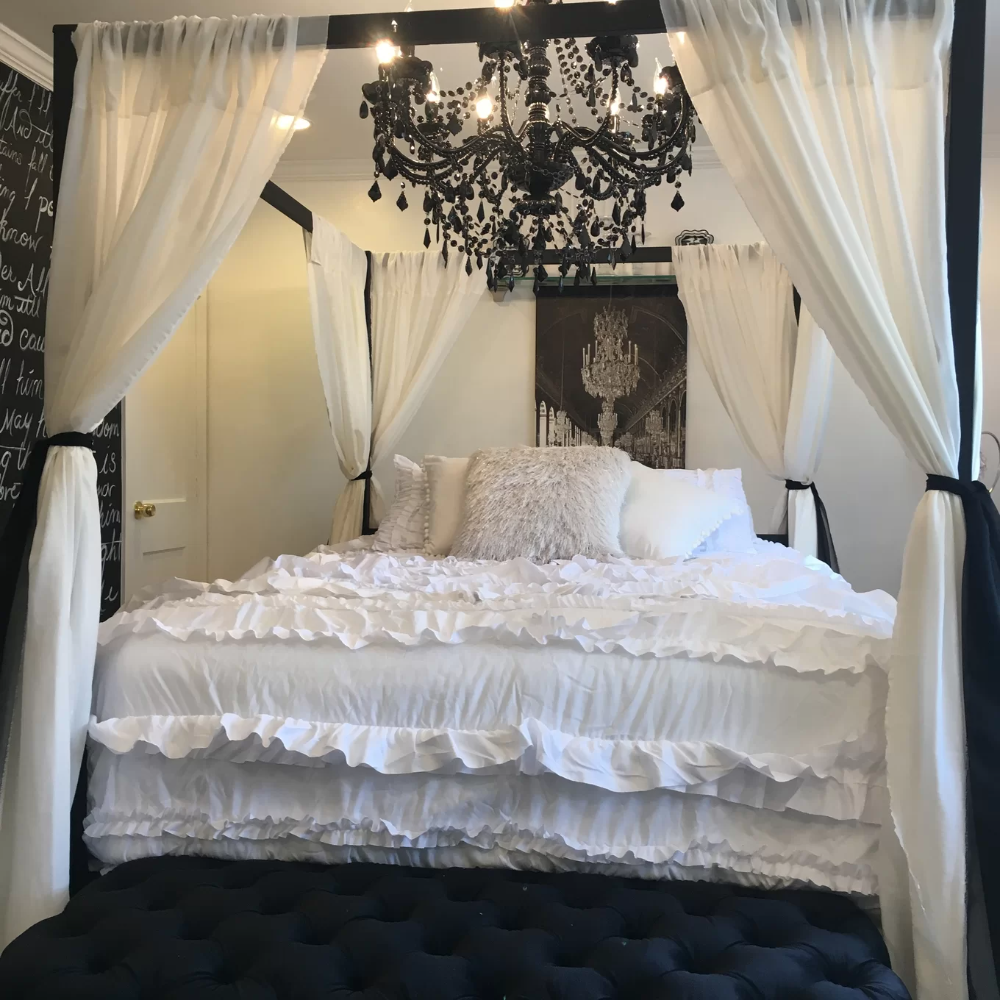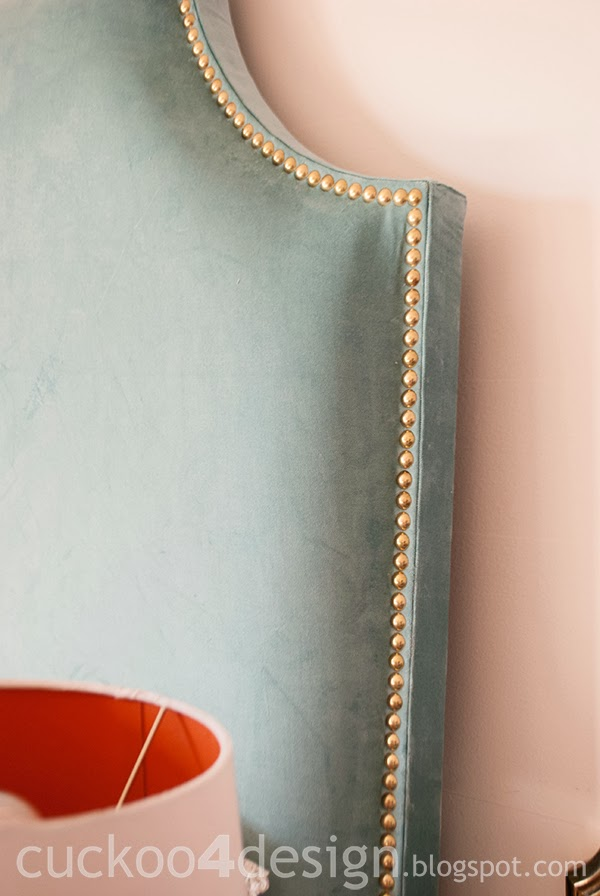17 diy Headboard curtains ideas
Page 14 of 17
How To Make an Upholstered Headboard {From a Curtain Panel}
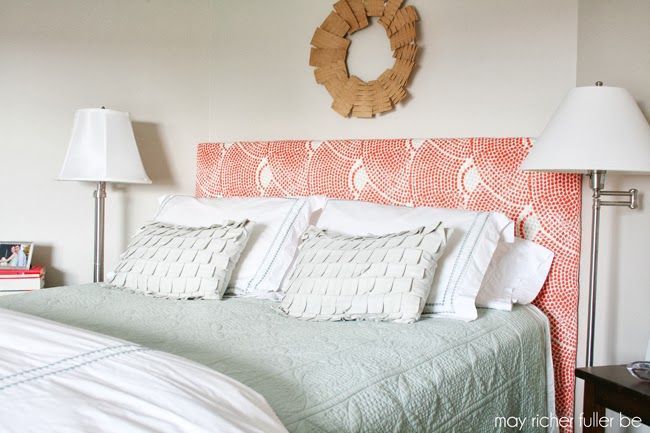
Thanks so much for your kind comments about my upholstered headboard yesterday! In case you missed the reveal post, you can see it here. Today I’m getting into the nitty gritty details of how I put this whole thing together. DIY upholstered headboards are nothing new (there are more tutorials than most other things in the blogosphere, and so many ways to do this!), but I’m hoping this post will be helpful for those of you whose goal is to make a simple, professional-looking, budget-friendly headboard without a set of power tools on hand. You with me on that? That means if you have a set of hands, a few basic tools, and access to a Lowe’s/Home Depot, you can do this. First off, let’s talk about what supplies you’ll need. This is for a QUEEN size headboard, so if yours is larger/smaller, please adjust accordingly :). Supplies Needed: Two 10′ 2x4s cut down to four 54″ lengths (HD or Lowe’s will do this for you for free) One 3/16″ 48″x96″ (4’x8′) brown hardboard wall panel cut down to 48″x62″ About 40 1″ panel nails (I bought these) Hammer 1″ twin foam mattress topper Measuring tape Serrated knife Painter’s tape (or any other kind of tape) Queen/King size high-loft quilt batting (110″x110″) One 54″x84″ curtain panel (I bought the Threshold Shell Print Window Panel in coral) Scissors Staple gun Staples Step 1: Go to Lowe’s/Home Depot to pick up your wood (and other supplies if you don’t have them on hand) and have them make your cuts for you. Funny side note: I’ve got a Lowe’s right across the street from my office, so I went to get my supplies on my lunch break one day. Y’all should’ve seen me in my businessy attire hauling one of those huge heavy carts full of wood around and then loading that wood into the trunk of my car. The Lowe’s employees were definitely laughing at my inappropriate attire. It was pretty hilarious… Ok, back to the task at hand. Step 2: Haul your supplies home and set up your work space. For me, this involved clearing out a space on the floor of our tiny apartment. Let’s just say these weren’t the ideal working circumstances, but hey, it worked! Please ignore the clutter you’re about to see through the rest of these photos… Step 3: Assemble the frame for the headboard. Place your 2x4s under each of the four edges of the hardboard. They should form a rectangular frame. Two of the 2x4s will stick out 6″ from the 48″ length of hardboard. Those will be the legs of the headboard. Make sure the edges of the 2x4s are flush with the edges of the hardboard. The hardboard must be on top of the 2x4s so that you can nail it to the 2x4s. Step 4: Nail the hardboard to the 2x4s using 1″ panel nails every 4-6 inches. The nailheads are pretty tiny, so look closely at the bottom right corner to see them. I’d suggest putting one in each end of the 2×4 first so that your boards won’t move once you start hammering away. This will ensure that the 2×4 stays flush with the hardboard edge. Once you’ve assembled the frame, this is what it will look like from the front… …And from the back… Step 5: Cut the foam mattress topper to fit the width and height of the hardboard and attach it to the frame. This is where personal preference comes into play. I cut my foam so that it was 2 inches away from the edges on the top and sides so that I’d have room to add nail head trim if I decided to go that way at some point. I can be a little indecisive sometimes, so if I wanted to add it one day, the option would be there. (Nailhead + thick foam is NOT a good combination, FYI, so leave room if you add nail head trim!) That means I cut my foam 58″ wide. Use a serrated kitchen knife for this. I then divided the remaining piece of foam in half in order to cover the majority of the rest of the hardboard. It doesn’t have to reach the bottom completely because you don’t see that part once it’s behind the bed. I used painter’s tape to attach the foam to the frame. It doesn’t stick super well, but it got the job done until I could complete the next step – wrapping the frame in batting. Step 6: Wrap frame in two layers of batting and secure it to the 2x4s on the backside using a staple gun. For this step, I found it to be easiest to have the headboard upright (lean it against a secure surface like a table) so I could pull the batting tight and staple it easily. Since I bought 110″x110″ batting, I just unrolled/unfolded it until it was down to two layers, laid it on the frame and trimmed the excess. I didn’t worry too much about this being centered or straight – just eyeballed it. Looks a little ghost like, huh? When you’re stapling the batting to the frame, my suggestion is to put one staple in the center of each side first, making sure the batting is taut, but not too tight. You don’t want it pulling. Then make your way around each edge, pulling taut and stapling as you go. The goal here to to provide a smooth surface for your fabric to lay on eventually. For the corners, pretend like you’re wrapping the ends of a present. Fold one edge in, then fold the other one in on top of it and put a couple of staples in it. It’s not super easy to see on the thick batting, so if you want more details on that, take a look at the way I upholstered my desk’s top in this post. Step 7: Iron fabric (if necessary) and line it up on top of the frame. I chose to use this curtain panel since it was the perfect amount of fabric (just over two yards), inexpensive and I loved the pattern. It’s the Threshold Shell Print Window Panel in coral. It provided the perfect pop of color and fun design I was going for in the bedroom. Getting your fabric lined up (straight and centered) is one of the main keys to making your headboard look professionally done. This step can be tricky depending on the type of fabric you choose. This pattern was fairly easy to center and make straight because it has a pretty regular repeat to it. If your fabric is a solid color, you don’t even need to worry about getting it just right. Having an extra set of eyes is helpful here. I had C help me make sure it looked right. Step 8: Staple the fabric to the 2x4s on the backside of the frame (yep, right on top of the batting). Again, I put one staple in the center of each side, making sure it was taut. Before I stapled the whole thing though, I took a look at it from the front and made sure it looked right. Since it did, I kept going. If it didn’t, this was the time to make adjustments! Then I staple, staple, stapled all the way around…and trimmed the excess. I saved that excess for the last step to finish off the legs! I finished the to two corners the same way I did the batting, making sure they looked the same on both sides (again, a step to keep it looking professional!). Step 9: Finish off the legs and bottom corners with a little magic. Ok, so it’s not magic, just a little finessing to make sure the bottom looks just as good as the top by the time it’s all done. Take a look at this photo below. You’ll notice that the fabric kind of wraps its way from the bottom of the hardboard slightly down the leg. I did this by snipping the extra over-hanging bottom fabric diagonally from bottom to top, toward the leg. I ended up with two triangular pieces of fabric. I stapled one to the bottom of the headboard, and wrapped the other one around the leg and stapled it into place. Does all of that make sense? I know it sounds a little tricky. It looks a bit messy at this point, but don’t worry, we’re about to work some magic to make it look all nice and finished :). To finish off the leg, I took a piece of the excess fabric I trimmed off of the edges and cut a piece that fit around the diameter of the leg and is 6″ tall (the height of the leg). I wrapped that piece around the leg and stapled it tightly to the backside. Once the legs were finished, that was it! Headboard. Done. I definitely gave myself a little pat on the back. And maybe did a little dance…Take a look! Then it was time to put it in its new home in the bedroom. I borrowed C’s strong set of arms and we placed it behind the head of the bed. We didn’t bother securing it to the frame because it’s wedged in there super tightly. If you wanted to do that though, you’d just have to drill some holes into the edges and secure it to the headboard with some long bolts. And here’s how it looks against our bed! We are so pleased with it. I’m so happy with the way it turned out and it really only took me an afternoon to do it! If you want more photos, take a look at yesterday’s post :). Now I just need to get something for above the bed (round mirror perhaps?). That pleated paper wreath is just a temporary placeholder. For those of you wondering, yes, I did end up taking that big beautiful painting down you saw in this post. There was just too much going on with the busy pattern of the fabric and the painting together. Now for the budget breakdown… Y’all probably know by now that I’m pretty thrifty when it comes to projects, so I tried to spend as little as possible on this headboard without sacrificing quality. I wanted to do it right so this headboard would last us a good, long time. Project Cost: Wood and hardboard: $23 Nails: $2.75 (but I only used about 1/8th of them) Twin size foam mattress topper: $10 (foam is expensive, y’all! This was a more budget-friendly option.) Batting: $13 Fabric $25 All other supplies: $0 (already owned) TOTAL: $73.75 Not bad, huh? Especially when you compare it to buying new! What do you think? Any questions about what I did? Any of you planning to take on an upholstered headboard in the near future? *P.S. Want to see the EASIEST way ever to upholster a headboard? It’s just like this one, but there’s NO building involved! Read about my method here. *P.P.S. Need help creating a home you love? Take a look at my e-design service: Mix and Match Design Company!
